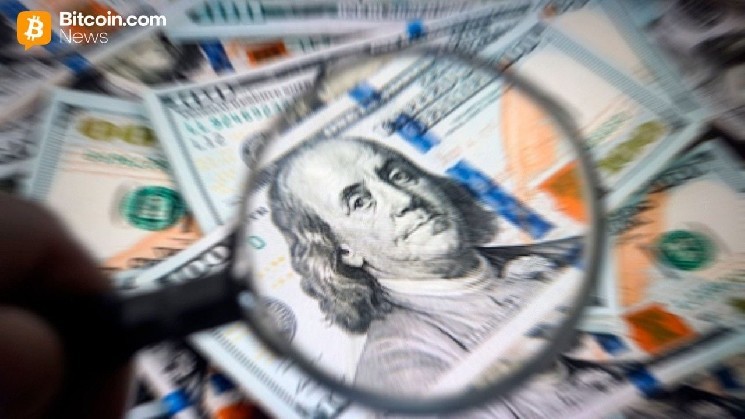Brazilian exchanges have reported increased adoption of stablecoins since the financial transaction tax (IOF) more than tripled from 1.1% to 3.5%, impacting payments abroad and the purchase of foreign currency with cash. Regulations are currently being developed that could close this loophole.
Stablecoin adoption surges in Brazil to avoid financial transaction tax
fact:
Brazil has become a hotbed for stablecoins, with citizens using legal irregularities surrounding these assets to avoid paying taxes. Earlier this year, the Brazilian government revised the Financial Transactions Tax (IOF), nearly tripling the tax rate from 1.1% to 3.5%, affecting the use of payment cards for shopping abroad and purchasing foreign currency.
Since then, the trading volume of stablecoins has increased on cryptocurrency exchanges. On the national exchange Biscoint, these trading volumes increased by 78% from 2024 to this year, according to Valor Economico. Total sales increased from $9.84 billion to $13.74 billion.
Sara Uska, a spokeswoman for Vitibank, another platform offering crypto-backed cards, said it has seen an “extraordinary increase” in usage, reporting a 36% increase in stablecoin transaction volume from June to July.
Current Brazilian regulations do not consider stablecoins to be foreign currencies, thus exempting them from the levies associated with other payment tools.
This issue is already being considered by the Brazilian Central Bank, and the Brazilian Revenue Board (RFB) is preparing regulations regarding stablecoins, recognizing that tax issues need to be resolved.
“This regulation includes, among other things, specific conditions and requirements regarding the use of virtual assets, including those denominated in foreign currencies (stablecoins), in international payments,” the bank noted.
Why it’s relevant:
Enacting legislation to tax stablecoin payments poses challenges for both users and regulators. The latter will need to adapt to these new rules and act in accordance with national laws, while the former will need to assess the feasibility of such a tax in a dynamic ecosystem like cryptocurrencies.
Millions could end up in the coffers of Brazil’s Treasury, but it remains to be seen whether these measures will apply to unhosted wallets and decentralized finance operations, raising questions about the feasibility of such regulation.
Looking forward to:
Any future moves will need to move stablecoins out of their regulatory quagmire, but central banks risk blocking current adoption unless they balance the interests of all parties involved, including crypto users.
FAQ 🧭
Why is stablecoin adoption soaring in Brazil?
Citizens are turning to stablecoins to avoid the increase in the Financial Transactions Tax (IOF), which was raised from 1.1% to 3.5% earlier this year.What statistics show the growth of stablecoin trading in Brazil?
Stablecoin trading volume increased by 78% from 2024 to this year, with Viscoin’s total revenue increasing from $9.84 billion to $13.74 billion.How is Brazil’s central bank responding to the increased usage of stablecoins?
Central banks have recognized the need for clarity in tax treatment and are preparing regulations to address stablecoins and their use in international payments.What challenges may arise from new stablecoin regulations?
Legislation that taxes stablecoin transactions can complicate compliance for users and regulators, and could impact further adoption if not effectively balanced.


